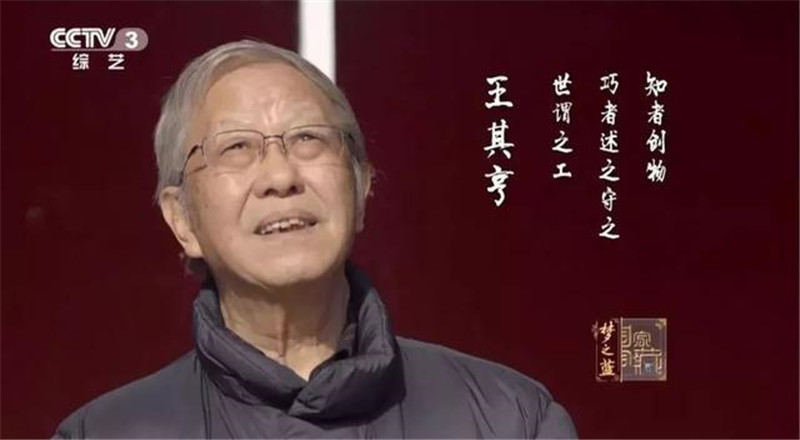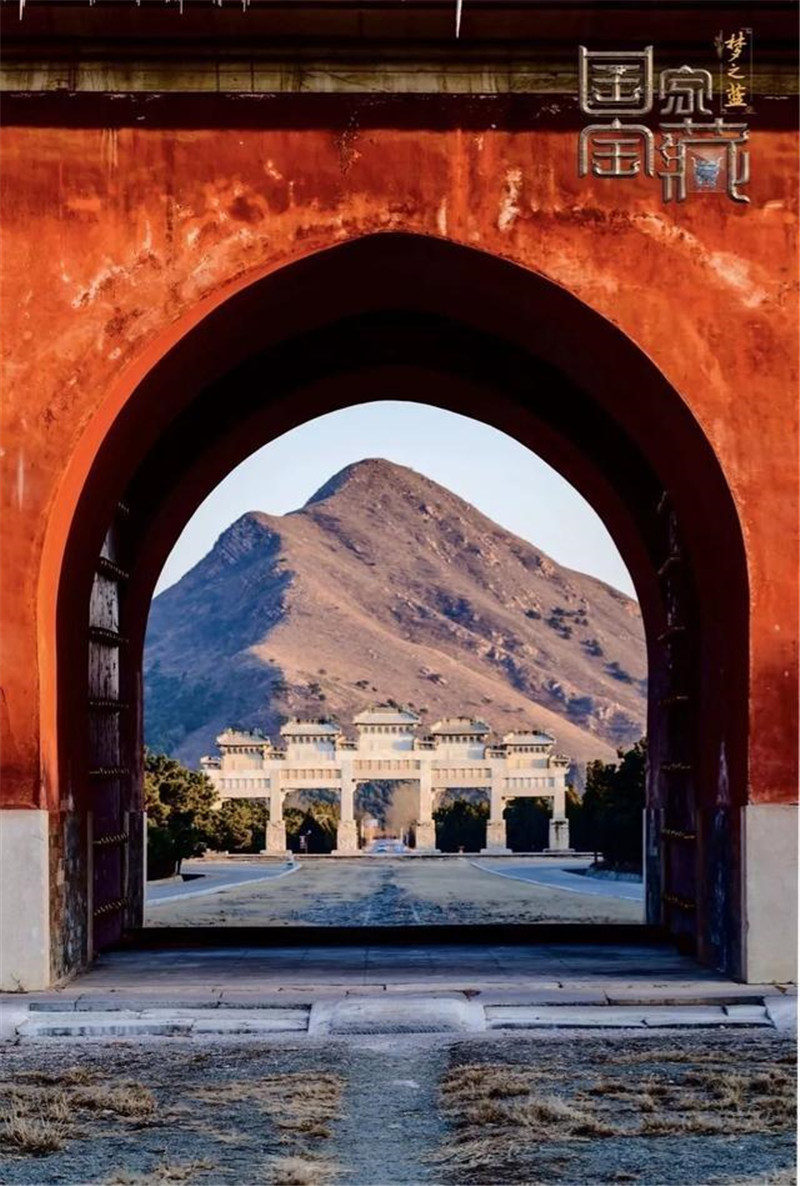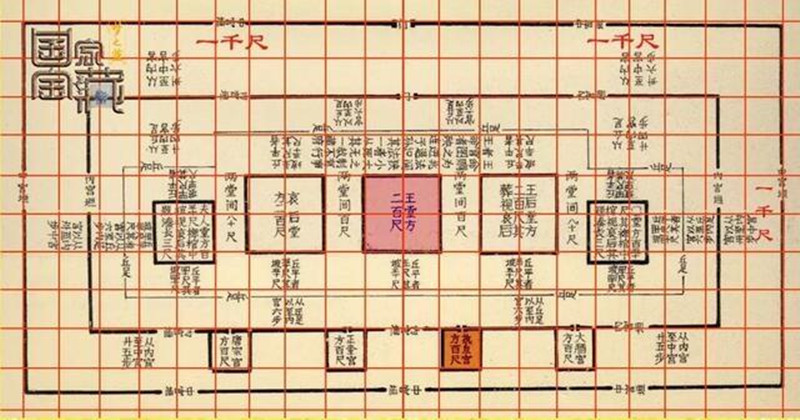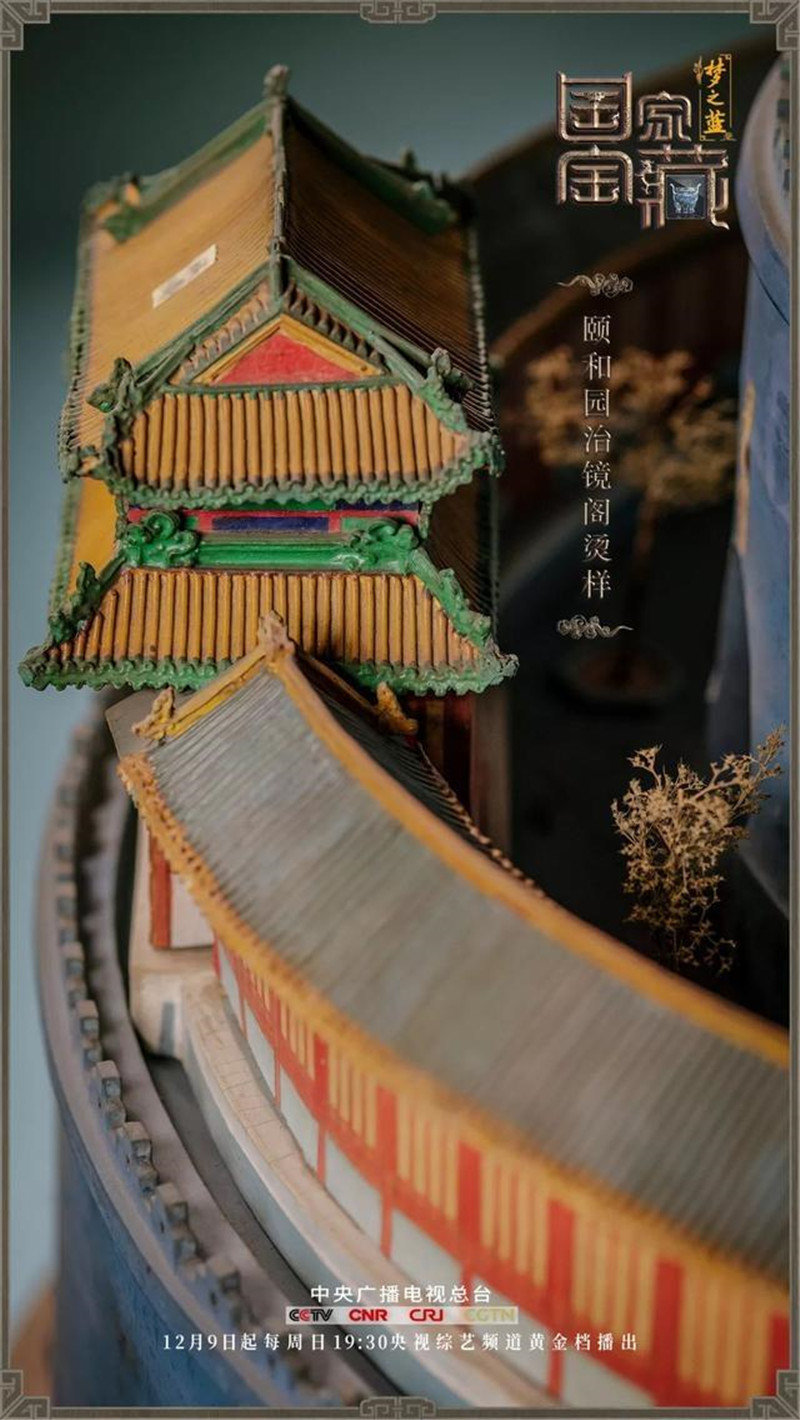Wang Qiheng: Sharing Chinese Architecture with the World
“I’m a man with no regrets because we can finally decode the Yangshi Lei Archives.” remarked Professor Wang Qiheng from Tianjin University’s School of Architecture who is also a famous expert in ancient Chinese architecture. He believes in the famous quote from Confucius, “Once enlightened, one can die happily”.
Wang Qiheng has multiple roles. He is an instructor of Chinese ancient architecture studies, an apologist of traditional Chinese architectures, a national level master teacher, a husband and a father. Recently, he gained another role, that is, the guardian of Yangshi Lei architecture models in the CCTV (China Central Television) program “National Treasures”.

Yangshi Lei Speaks up for Chinese Architecture on the World Stage
In Qing dynasty, the institution in charge of designing and building royal architecture was called Yangshi House. A family surnamed Lei served in that institution for many generations and was called in deference as “Yangshi Lei”. When talking about “Yangshi Lei”, Professor Wang always has a lot of things to share. He was so eager to introduce Lei’s family and the wisdom of Chinese ancient architects to as many people as possible that he could chat nonstop for hours, not even willing to spend time drinking water. Now, Professor Wang is in his seventies, but still energetic.

The Mount Jinxing of Eastern Royal Tombs of Qing Dynasty (Shot by Cao Peng and Li Ying from Tianjin University)
Professor Wang said: “Perhaps no one is more familiar with Yangshi Lei than I am.” This sentence was justified by the great dedication Wang and his team has made to collecting, sorting out and decoding Yangshi Lei Archives during countless days and nights in the last 36 years. More than 10,000 Yangshi Lei archives were found in Japan, the USA, France, and Germany and so on, and were identified, decoded and analyzed until they could tell the daily working details of Lei’s family. It was hard to imagine how much work and effort Wang’s team has put into this program.

The flat grid restored drawing of The map of the graveyard of the king of Zhongshan State (The map is in a collection in Hebei Museum; The drawing was made by Professor Wang)
In the beginning of his study, when Professor Wang got the news that there was a batch of precious materials about Yangshi Lei in the National Library of China, he took two meals with him and sat all day long in the library studying the materials. He has never backed out of field mapping that was inevitable in architecture research even though it was sometimes quite hazardous to climb mountains and explore dungeons. College teacher as he is, Professor Wang hasn’t taken any summer vocation for 30 years. He was too busy leading the students from the School of Architecture at Tianjin University to do ancient architecture measurements and research about Yangshi Lei. Just as he said, he put his whole life into the research.
The impetus pushing Professor Wang to work like an unceasing gear was his confidence in the Chinese architectural culture. “If we couldn’t fully understand the value hidden in it, we would fall into historical nihilism.” As far as he was concerned, there were many misunderstandings about history in need of clarification. There misunderstandings resulted from either the prejudice of the outside world or the neglect to our own civilization.
For instance, craftsmanship in ancient China was usually deemed as a type of technical work with no prestige or underlying theory. However, an in-depth research into Chinese ancient books will reveal that many hard core concepts of Chinese wisdom are derived from technical terms in craftsmanship, such as rules and regulations, superstructure, mould, model, the pillar of the society, etc. Professor Wang said that the more he studied, the more convinced he was of the significance of Chinese ancient architecture. Remarkable wisdom was contained in the process of landscape inspection for geomancy concern, field measurement, mapping, designing and modeling.
Wang said he was deeply upset by an illustration of “The Tree of Architecture” presented in the Comparative Architectural History edited by Fletcher, a Britain scholar. For western architectural scholars, Chinese architecture which was regarded as the criterion for the entire eastern Asia actually stood for only a tiny secondary branch with little influence despite its relevantly earlier origin. Greek and Roman architectures were recognized as the trunk of the world architecture history with profound influence. The designing wisdom of Chinese architecture was quite underestimated and suffered from alogia on the world stage.

“The Tree of Architecture”, Sir Banister Fletcher’s A History of Architecture (First Published)
To earn due recognition and present Chinese architecture to the world, an ambitious group led by Zhu Qiqian founded the Chinese Architecture Society in 1930. The followers have been striving to correct the prejudiced judgement shown by Fletcher’s tree of architecture. Wang was one of the followers. In 2004, an exhibition of “Yangshi Lei Archives of Qing dynasty” was held by his team. Since 2006, the exhibition, in different languages, has been held in Paris, Switzerland and Germany, causing great sensations at home and abroad. It helped “Yangshi Lei Archives of Qing dynasty” be included into the Memory of the World Register of UNESCO in 2007, a token that the value and wisdom of Chinese ancient architecture were finally recognized and respected by the world.
One should never ignore the origin and future of what he studied.
Wang Qiheng taught about ancient architecture and Yanshi Lei at Tianjin University for 30 years. Though retired, he has been hired again by the university to instruct students to do architecture mapping. Even in his seventies, he is energetic and passionate in class, and from time to time will raise his voice with a spontaneous excitement when he goes to somewhere that touches him. It has become his instinct to teach and enlighten others. He advised people to learn more about history. “We must be in awe of our Chinese ancient culture. We can’t let the 5000 year long history go astray in our generation.” Wang said.
“I always tell my students that one should never ignore the origin and future of what he studies. Knowledge has its history and future, just like we human beings have predecessors and descendants. ” Wang Qiheng was a little overwhelmed when talking about this. He lamented that little was known about the design philosophy, approaches and values of the Chinese ancient architectures. “We had no idea about the designers of the Summer Palace, Changchunyuan (the Garden of Everlasting Spring), Gongwangfu (Prince Gong Mansion) and Taihedian (The Hall of Supreme Harmony) until today.” China embraces many more resources of the ancient architecture than the west but the most well-known architectures are in Italy and Japan. Few people know anything about Chinese architecture.”

After 30 years’ research about Yongshi Lei, Professor Wang uses sincerity to depict the Family, being sincere to a single piece of work and to the career they took. For Professor Wang himself, the word “sincerity” also applies. According to his students, Wang won’t go to bed until 2 or 3 am but getting up at 6 or 7 am, resting for only four to five hours each day on average even when he was retired. Wang spends his whole day studying documents and archives and sometimes he gets startled from his dream, waking up in a panic that he hasn’t grasped enough material to guarantee a flawless research result. When asked about how he could manage to do the same thing for 36 years without getting bored, he explained that just as many people liked to associate with friends, he enjoyed a spiritual communication with our ancestors through the special language expressed by architecture. It is where his interests lie and what helps him focus on his study and teaching.
I’ll never stop my studying until the day I die.
Confucius said, “At seventy, I could follow my heart’s desire without overstepping the line.” Professor Wang is now in his seventies, but what fills his mind is still Yangshi Lei. He wishes that their research results could be compiled and published as readable and elaborate books as soon as possible so that Yangshi Lei could be known by more people. He wants to prove to Chinese people and the world that Chinese ancient architecture embraces brilliant wisdom about design, and our previous architectural craftsmen are more than technicians without ideas or thoughts.
Professor Wang will always look back to the spirit of those great predecessors in the Chinese Architecture Society– Zhu Qiqian, Liang Sicheng, Liu Dunzhen, Shan Shiyuan, Chen Mingda, and even back to the earlier sage, Confucius. “Be inquisitive in pursuing the wisdom of the predecessors; elaborate their thoughts devoutly without any random additions.” To achieve the ideal that Confucius advocated by studying and expounding the wisdom of the predecessors in his limited lifetime gives him the greatest contentment.
“I find my mission in inheriting traditional culture now.” It is because of people like Professor Wang that Chinese culture has been and will be carried forward continuously.
Another wish of Wang is to cultivate a professional team who will be capable of promoting the study of Yangshi Lei. “We must hand the relay baton to young people. There are over 5,000 pieces of documents to be studied.”
Today, more and more people show their interest in Yangshi Lei and start to study about it as well as Chinese ancient architecture. “Yangshi Lei is a brilliant treasure of China and the world. It should be recognized and shared by all human beings. That’s why I have persisted in working on this for so many years.” When asked if he felt satisfied now, after nodding he shook his head again, and said devoutly with a sincere smile: “Although I have spent a whole life on the study, I’ll never stop until my life ends.”
By Fan Yu
Editors: Eva Yin & Doris Harrington

